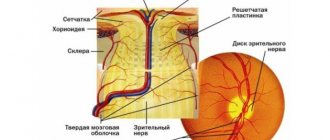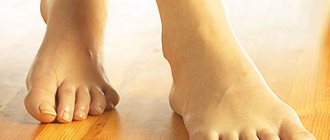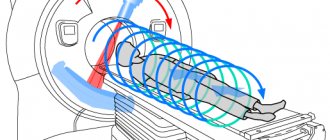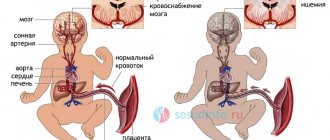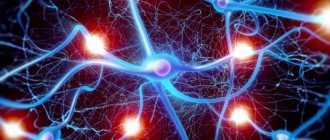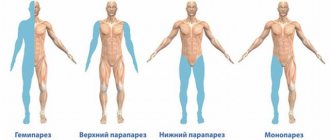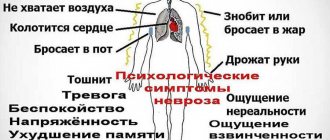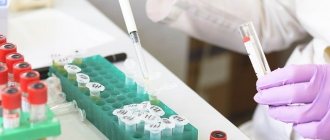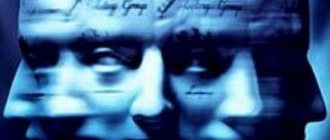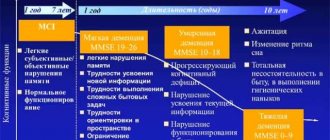Excluded:
- selected conditions occurring in the perinatal period (P00-P96)
- some infectious and parasitic diseases (A00-B99)
- complications of pregnancy, childbirth and the puerperium (O00-099)
- congenital anomalies, deformities and chromosomal disorders (Q00-Q99)
- diseases of the endocrine system, nutritional disorders and metabolic disorders (E00-E90)
- injuries, poisoning and some other consequences of external causes (S00-T98)
- neoplasms (C00-D48)
- symptoms, signs and abnormalities identified by clinical and laboratory tests, not classified elsewhere (R00-R99)
This class contains the following blocks:
- G00-G09 Inflammatory diseases of the central nervous system
- G10-G14 Systemic atrophies affecting predominantly the central nervous system
- G20-G26 Extrapyramidal and other movement disorders
- G30-G32 Other degenerative diseases of the central nervous system
- G35-G37 Demyelinating diseases of the central nervous system
- G40-G47 Episodic and paroxysmal disorders
- G50-G59 Lesions of individual nerves, nerve roots and plexuses
- G60-G64 Polyneuropathies and other lesions of the peripheral nervous system
- G70-G73 Diseases of the neuromuscular junction and muscles
- G80-G83 Cerebral palsy and other paralytic syndromes
- G90-G99 Other nervous system disorders
The following categories are marked with an asterisk:
- G01* Meningitis in bacterial diseases classified elsewhere
- G02* Meningitis in other infectious and parasitic diseases classified elsewhere
- G05* Encephalitis, myelitis and encephalomyelitis in diseases classified elsewhere
- G07* Intracranial and intravertebral abscess and granuloma in diseases classified elsewhere
- G13* Systemic atrophies primarily affecting the central nervous system in diseases classified elsewhere
- G22* Parkinsonism in diseases classified elsewhere
- G26* Extrapyramidal and other movement disorders in diseases classified elsewhere
- G32* Other degenerative disorders of the nervous system in diseases classified elsewhere
- G46* Vascular cerebrovascular syndromes in cerebrovascular diseases
- G53* Lesions of cranial nerves in diseases classified elsewhere
- G55* Compression of nerve roots and plexuses in diseases classified elsewhere
- G59* Mononeuropathy in diseases classified elsewhere
- G63* Polyneuropathy in diseases classified elsewhere
- G73* Lesions of the neuromuscular junction and muscles in diseases classified elsewhere
- G94* Other brain lesions in diseases classified elsewhere
- G99* Other disorders of the nervous system in diseases classified elsewhere
Signs
Symptoms of perinatal encephalopathy (ICD-10 code G93) can be varied:
- Convulsive syndrome, weakening of reflexes, muscle tone or their increase.
- Strong screams, prolonged hysterical crying.
- The baby does not latch on well.
- Blueness of the face during an attack of convulsions.
- Swallowing problems, regurgitation.
- Cardiac disorder.
- Late appearance of screaming.
- Light sleep, frequent awakenings.
- Irritability, increased reaction to sounds, light or lethargy, lethargy.
- Increased head size due to intracranial hypertension.
The earliest symptoms of the pathology are muscle cramps in infants - the first signs of disturbances in the functioning of the central nervous system.
Brain damage can cause. This manifests itself in dysfunction of the nerve centers located in the brain stem, the most ancient formation. The baby does not take the breast well, or sucking and grasping reflexes are completely absent.
With less serious disorders, the child may choke on mother's milk, since damage to the centers of the glossopharyngeal nerve, which innervates the soft palate and epiglottis, is possible. Regurgitation may also be present. Damage to the vagus nerve centers causes cardiac dysfunction: tachycardia, arrhythmia.
Damage to the nuclei of the oculomotor nerves causes increased photosensitivity and a violent reaction even to natural daylight. Difficulty breathing and bluish skin are caused by damage to the vasomotor and respiratory centers of the medulla oblongata.
Headaches and muscle pain can interfere with sleep, frequent awakenings during sleep, and epileptiform seizures with salivation are possible. As the child grows up, the following consequences of perinatal encephalopathy may develop:
- Decreased intelligence, memory impairment.
- Muscle dystrophy.
- Hyperactivity disorder, attention deficit disorder, problems with speech, writing.
- Irritability or lethargy.
- Impaired socialization, poor learning ability, inability to concentrate.
The consequences of perinatal encephalopathy in adult life are disability, sometimes the inability to care for oneself, and lack of communication skills. But a gradual smoothing of symptoms is also possible if the damage is minor.
Development of my daughter
Eighth week. The time for walking, sleeping and waking has hardly changed, but compared to the previous week, my daughter’s appetite has clearly improved . Having fed the baby as usual (we supplemented with 30 ml of formula), the young mother and father began to notice that after 30 minutes (sometimes 1 hour) the little one began to cry. Nothing helped except the “supplement”. Then we decided to increase the “norm” and from the 8th week, after breastfeeding, we gave 60 ml of baby food.
There was also clearly noticeable progress in holding the head while lying on the tummy. The holding time fluctuated already around 40-60 seconds (and sometimes more). What could not but rejoice a father’s heart is that his daughter is growing up

